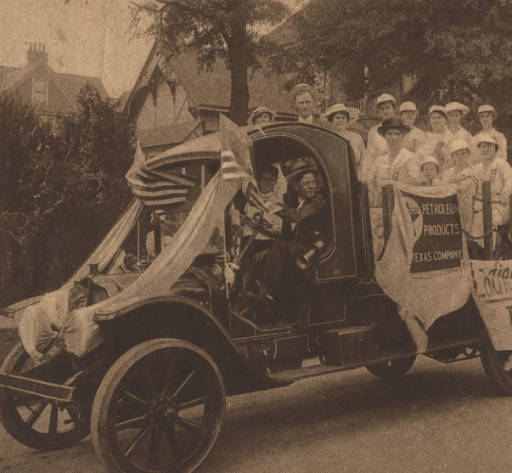You'll find Lacey's Spring by going south on US 231 out of Huntsville. After you cross the Tennessee River you are essentially there. More of the community is also down Alabama Highway 36 as you head west toward Valhermoso Springs and Hartselle and I-65.
When you drive on US 231 toward Highway 36, you'll pass a number of gas stations; some are still operating. Several decades ago this stretch was known as "gasoline alley", and lower prices in Morgan County would attract drivers from Huntsville who crossed the river to fill their tanks. Leon Lipscomb and his grocery probably thrived in those days.
You can learn more about the current town here.
You can see more photos of the building and its area here.
The text of historical markers approved by the Alabama Historical Association are available by county here at the state archives site.
As you drive north on US 231 toward the Tennessee River, you'll find this hidden relic on the right in Lacy's Spring.
The winter image below gives a full view of this sign, which I've been told marked the site of a catfish restaurant.



















































